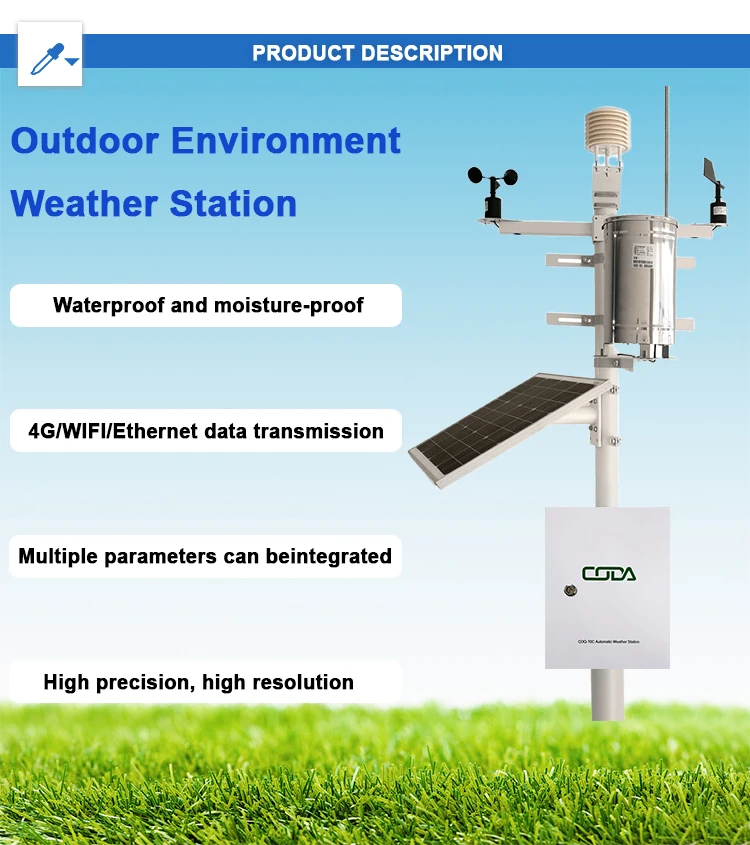Advantages and Disadvantages of Automatic Weather Station

# Advantages and Disadvantages of Automatic Weather Station
## Introduction
Automatic Weather Stations (AWS) have revolutionized the way we collect and analyze meteorological data. These advanced systems provide real-time weather information with minimal human intervention. While they offer numerous benefits, they also come with certain limitations. This article explores the key advantages and disadvantages of automatic weather stations.
## Advantages of Automatic Weather Stations
### 1. Continuous Data Collection
AWS operate 24/7 without interruption, providing a constant stream of weather data. Unlike manual stations that require human observers, automatic systems can collect information even during extreme weather conditions or at night.
### 2. High Accuracy and Precision
Modern AWS are equipped with sophisticated sensors that deliver highly accurate measurements of various weather parameters including:
– Temperature
– Humidity
– Wind speed and direction
– Precipitation
– Atmospheric pressure
### 3. Remote Monitoring Capabilities
These stations can transmit data in real-time to central databases, allowing meteorologists and researchers to monitor weather conditions from anywhere in the world. This is particularly valuable for:
– Weather forecasting
– Climate research
– Agricultural planning
– Disaster management
### 4. Reduced Human Error
By eliminating the need for manual readings, AWS minimize the potential for human error in data collection and recording.
### 5. Cost-Effective in the Long Run
While the initial investment may be significant, AWS reduce operational costs over time by:
– Eliminating the need for on-site personnel
– Reducing maintenance requirements
– Providing more data with fewer resources
## Disadvantages of Automatic Weather Stations
### 1. High Initial Costs
Setting up an AWS requires substantial investment in:
– Equipment purchase
– Installation
– Calibration
– Infrastructure development
### 2. Technical Complexity
AWS systems require:
– Specialized knowledge for installation and maintenance
– Regular calibration to ensure accuracy
– Technical support for troubleshooting
### 3. Power Dependency
Most AWS rely on continuous power supply, which can be problematic in:
– Remote locations
– Areas with unreliable electricity
– During power outages
### 4. Vulnerability to Environmental Factors
Extreme weather conditions can:
– Damage sensitive equipment
– Affect sensor accuracy
– Disrupt data transmission
### 5. Limited Maintenance Capabilities in Remote Areas
AWS installed in isolated locations may face challenges with:
– Regular maintenance
– Timely repairs
– Replacement of damaged components
## Conclusion
Automatic Weather Stations represent a significant advancement in meteorological data collection, offering numerous advantages in terms of accuracy, efficiency, and data availability. However, their implementation comes with challenges related to cost, maintenance, and technical requirements. The decision to deploy an AWS should be based on careful consideration of these factors and the specific needs of the intended application. As technology continues to improve, many of the current limitations are likely to be addressed, making AWS an even more valuable tool for weather monitoring and research.